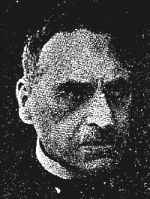 |
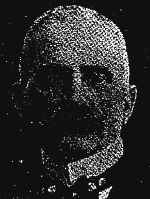
|
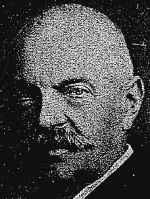 |
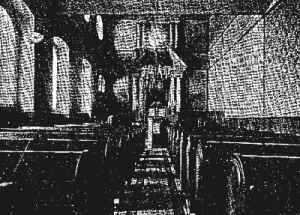 |
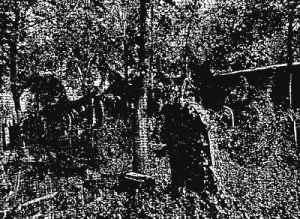 |
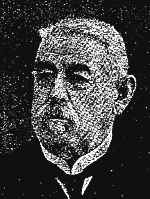 |
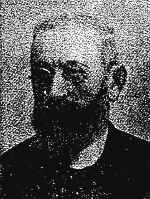 |
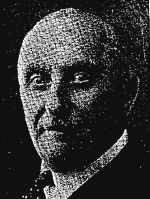 |
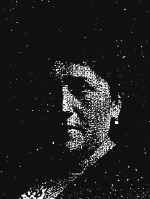
|
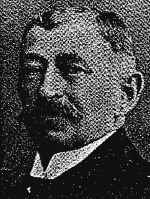
|
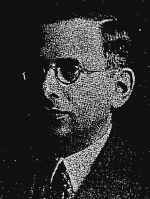
|
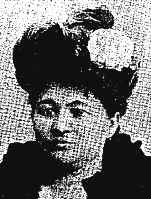
|
Emilie Ornsteinova
Ludvik Katz
Rb. Rudolf Blan
Emilie Seinerova
|
|
[Pages 26-27]
(Benešov, Czech Republic – 49°47' 14°41')
Compilation by Jaroslav Polák-Rokycan, Prague
Translated from the original Czech by Jan O. Hellmann/DK
Edited in English by Rob Pearman/UK
Despite being one of the largest Jewish communities in Bohemia, Benešov did not consider it important to support this compilation[1] and, despite several reminders, did not supply the promised information that would enable us to provide a detailed history of this community.
Therefore, the assistance of the smaller communities that are today part of the Benešov community, namely nearby Divišov and Neveklov, was greatly welcomed.
In Divišov (in the region of Vlašim), a Jewish community was founded on 1 August 1776. In 1893, the community within this area counted approximately 250 Jews. By the time of the last census[2], this number had fallen to 128. At that time, the chairman of the community was the merchant Alois Meisl, who had succeeded Rudolf Frischmann. In the village, there is an old synagogue, a cemetery, and the building in which there had been a Jewish school together with the apartment of the caretaker and the ritual bath. The last rabbi until 1893 was Rabbi Jindřich Schwarzkopf. After this date, the community had no means to pay for its own rabbi and therefore linked itself with the community in Benešov. Services in the synagogue are held only on the High Holy Days.
The regional town of Neveklov has had a strong Jewish community since 1657, as is witnessed by a document conserved in the archives of the community. The second oldest document is from 4 March 1755 and which refers to the establishing of the cemetery. For this information we owe thanks to the school director, Emanuel Verdán: “The Jews Adam Gerstl and Lejbl Gerstl, both from the township of Neveklov, came forward to the town office and in the name of all the Jews from the surrounding area humbly presented their application noting that their ancestors had received the right for a plot at the lower old wall measuring seven by four fathoms[3] for the burial of their corpses. For this they will pay each year one Rhenish guilder and 30 pennies[4]. For security and authenticity, we confirm this with our signature and with the town seal. Signed in Neveklov 1775, by the Mayor and Council. LS.”[5]
According to the information provided by school director Verdán, there were 55 Jews in Neveklov in 1836; in 1870, there were 116. The Jewish community of Neveklov comprises the following villages: Dlouhá Lhota, Maršovice, Netvořice, Nahoruby, Bělice, Benice, Jabloná, Mlíkovice, Netluky, Týnec nad Sázavou, Lešany, Přibysice, Křečovice, Břežany, Tloskov, Ouštice, Vlkanice, Krchleby, Velký Újezd.
Other valuable information has been given to the author by the rabbi of Neveklov, Rabbi Hynek Lederer, who has served the community since 1912. In vain he searched for old documents, but found no perochet older than 100 years[6]. He found no remains of the many “lamdonim” (scholars) living here. We suffered many losses because our Polish co-religionists[7] who were here during the war and had a greater understanding of these relics than we….[8]
In this way many documents and books went to Poland. In the deacon's office, there is a Jewish record book from 1836, but the Jewish records in Neveklov are much older. In order to find old Jewish records, the rabbi visited the castle archive as he heard that there was a “Judenbuch” (Jewish book). However, he was very disappointed as it proved to be one of the old books of Moses, probably used for Jewish oaths. The rabbi heard from the oldest citizen Mrs. Anna Gutmann (she died at the age of 101 years) that the Neveklov Jewish school used to be located in the house of the cooper Votruba in what is today Komenský Street. She had not frequented it, but heard that Jews have been praying there.
Rabbi Lederer writes. “I have my own opinion about the local Jews, but I do not force it on anybody. The local Jews originate probably from German countries and came here during the Thirty Years War[9] or earlier, having been driven from place to place. The Jews were given names according to their place of origin or their occupation or, finally, according to their parents in the form of genitive adding “es” to the name. I have not found in the records any name indicating a Czech origin, just names such as Uttitz (later Votický) Vlašim, Humpolec, Ledeč, Glattauer (Klatovy) etc. Among the oldest names, we can mention Lurie (originally Uriel), Lewitus, Lewit, Lewi, Heřman=Zwi=Hirsch-Hersch-Herschmann and also Jelínek. There were many names that were typical in Southern Germany, such as Herz, Engel, Frischmann, Fürth, Ansbach, Würzburger and others”.
In 1893, David Roubíček was chairman of the Jewish community. Since 1907, the post was held by Vilém Kauder. In 1893, representation of the Jewish community consisted of the following: S. Lurie, Emanuel Engel, Josef Neumann, Josef Levitus (for 10 years) David Herz, Lazar Kauder (for 15 years) – all of them from Neveklov In addition there was Leopold Wurm from Netvořice, Jakub Steiner from Menšovice and Adolf Neumann (for 5 years).
Former rabbis were: Jindřich Pick (for 12 years), Leopold Russ (for 8 years), M. Stránský (for 5 years). Chevra Kadisha was founded in Neveklov in 1630. The synagogue dates from the year 1657; it burned down and was rebuilt in 1730 and then it was refurbished 20 years ago. In addition, there are prayer rooms in Netvořice and Maršovice. The town and castle archives have not yet been searched for Jewish documentation. There was a Jewish school in Neveklov from 1867 until 1897, in which year it was dissolved because for national reasons. The school record and other documents going back to 1828 are held by the Jewish community. The Jewish community records of births and deaths begin in 1795, i.e. following the decree of Josef II[10].
The Jewish cemetery requires scientific investigation, as there are three tombs there which show dates between 1400 and 1500.
|
|
|
||||||||||||
|
|
|
|
|||||||||||
Emilie Ornsteinova |
Ludvik Katz |
Rb. Rudolf Blan |
Emilie Seinerova |
|||||||||||
Footnotes
Links
Neveklov description, in Czech: http://cs.wikipedia.org/wiki/Neveklov
Short history of Neveklov, in Czech: http://leccos.com/index.php/clanky/neveklov
Benešov – short description of synagogue and cemetery, in Czech: http://www.zanikleobce.cz/index.php?detail=1452311
Jewish cemetery in Divišov, in Czech: http://cs.wikipedia.org/wiki/%C5%BDidovsk%C3%BD_h%C5%99bitov_v_Divi%C5%A1ov%C4%9B
Synagogue in Divišov, in Czech: http://cs.wikipedia.org/wiki/Synagoga_%28Divi%C5%A1ov%29
Lost neighbors – school project from Divišov, in Czech: www.zmizeli-sousede.cz/novinky/metodika2010/divisov.pdf
Jewish history in Divišov including names, in Czech: http://www.divisov.webz.cz/zide.html
|
|
JewishGen, Inc. makes no representations regarding the accuracy of
the translation. The reader may wish to refer to the original material
for verification.
JewishGen is not responsible for inaccuracies or omissions in the original work and cannot rewrite or edit the text to correct inaccuracies and/or omissions.
Our mission is to produce a translation of the original work and we cannot verify the accuracy of statements or alter facts cited.
 Jews and Jewish Communities of Bohemia in the past & present
Jews and Jewish Communities of Bohemia in the past & present
 Yizkor Book Project
Yizkor Book Project
 JewishGen Home Page
JewishGen Home Page
Copyright © 1999-2024 by JewishGen, Inc.
Updated 02 Apr 2013 by JH